Grants
On May 4, 2019, The Leakey Foundation’s Board of Trustees unanimously approved 35 grant proposals for funding. We are proud to introduce our spring 2019 research grant recipients, and we look forward to sharing news and information about them and their research.
Here are some numbers from our spring 2019 granting cycle:
- There were 116 applications for research grants
- 38% were for behavioral research projects
- 62% were for paleoanthropology research projects.
- 469 reviews were submitted to our grants department.
Thank you to our reviewers! We could not do it without you.
Behavioral
William L. Allen, Swansea University: Character displacement of face appearance in primate evolution
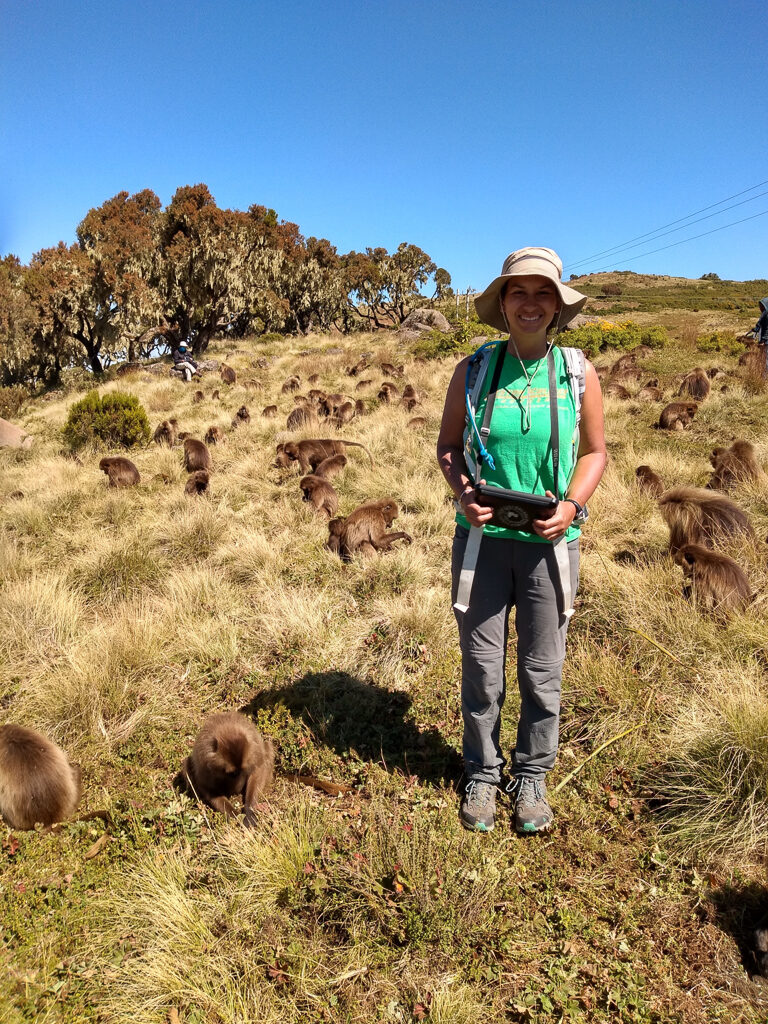
Sofia Carrera, University of Michigan: Early-life adversity: Maternal effects in a wild primate
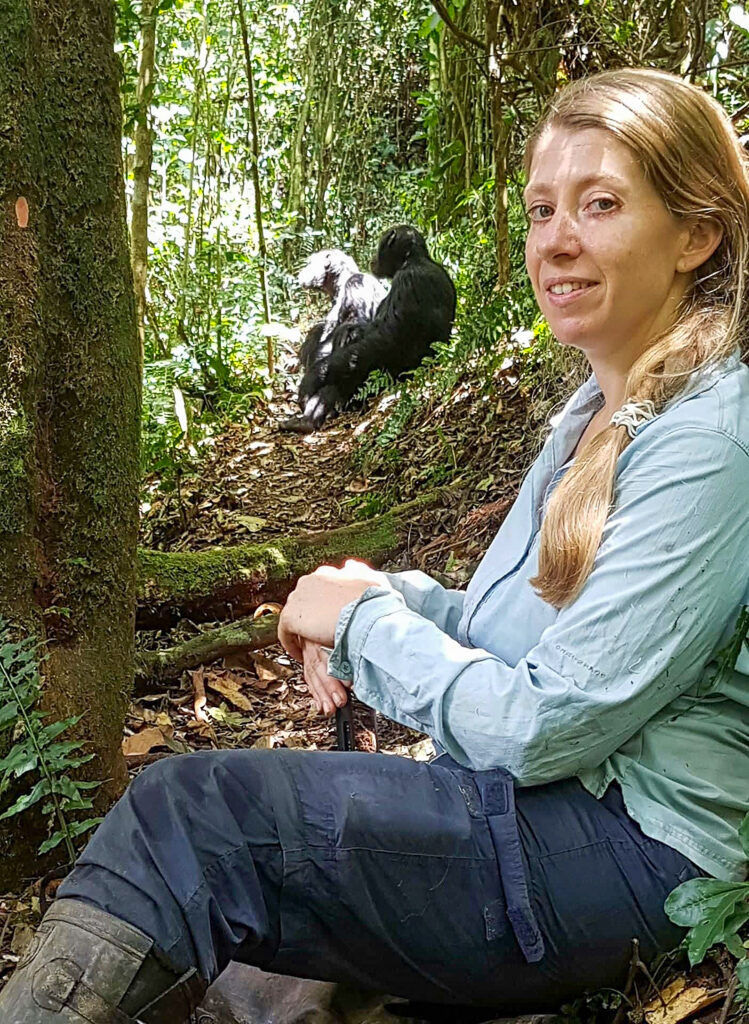
Natasha Jane Coutts, The University of Western Australia: Socioecology and the gut microbiome of eastern chimpanzees in Rwanda

John Stephen Lansing, Santa Fe Institute: Pilot study of Cave Punan hunter-gatherers of Borneo
Kevin Lee, Arizona State University: Do female chimpanzees at Ngogo form social bonds, and why?
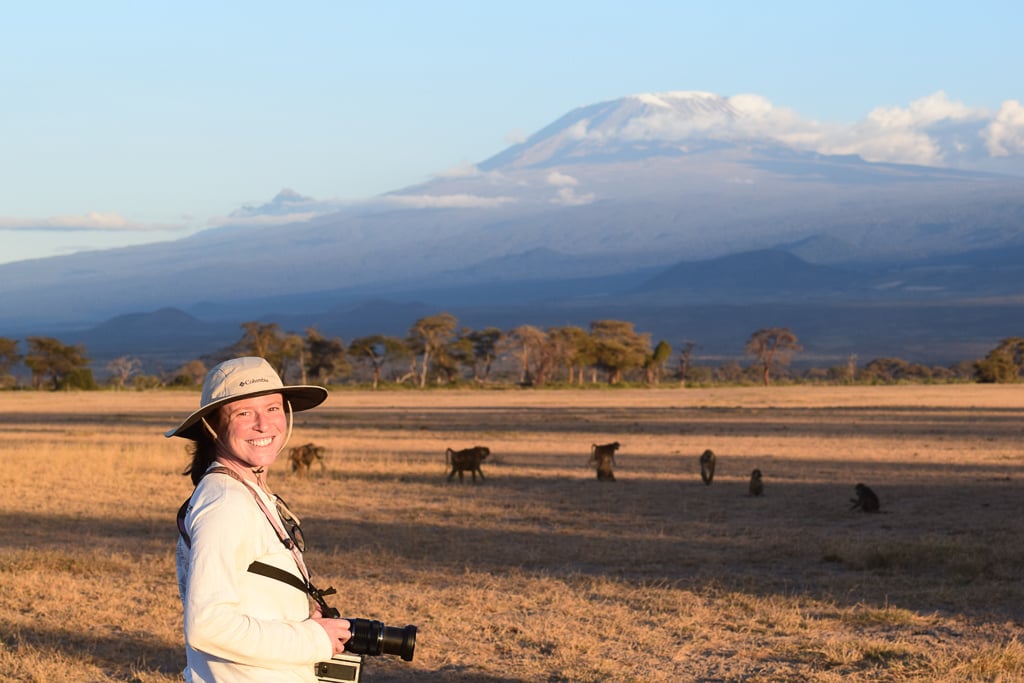
Emily J. Levy, Duke University: Early adversity, body size, and immune function in wild baboons
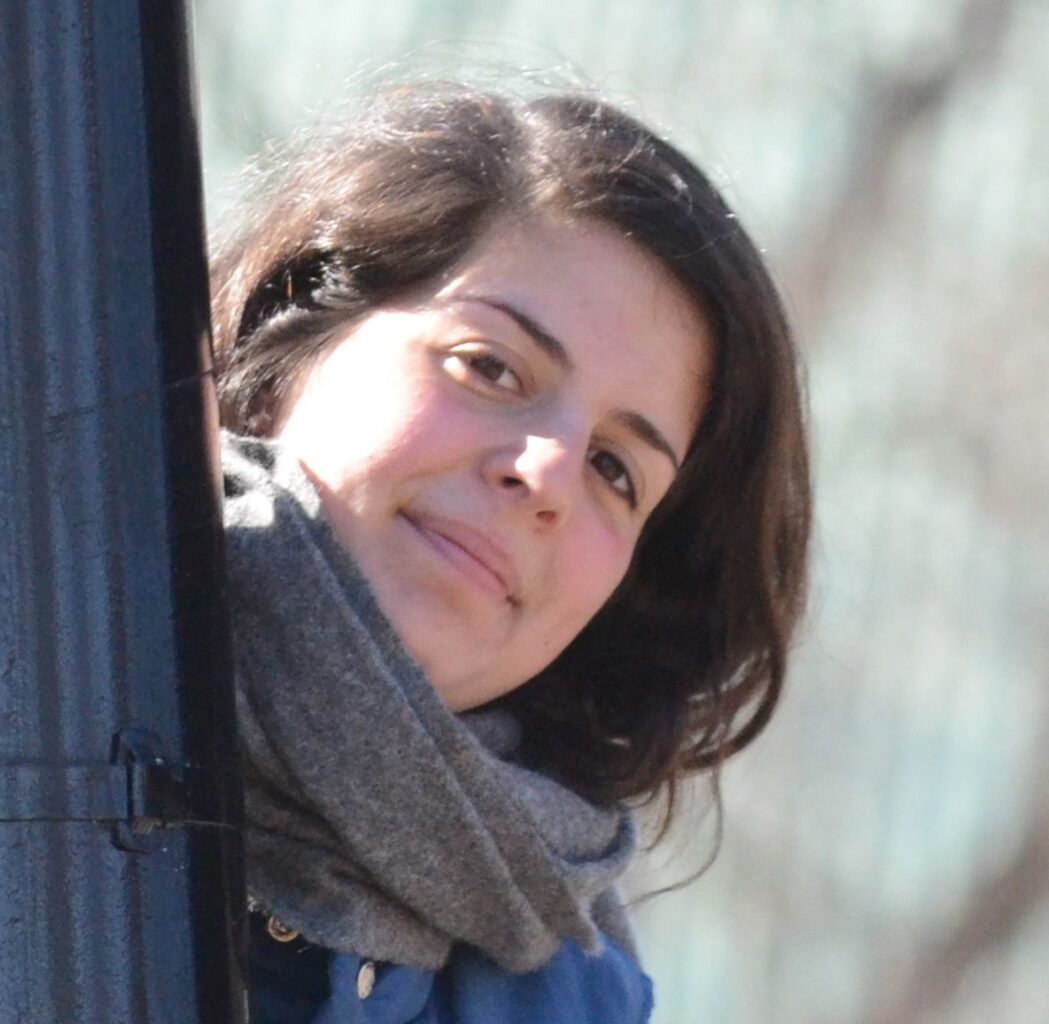
Sheina Lew-Levy, Simon Fraser University: Hand-thrown spears: Ballistics, accuracy and learning to hunt among BaYaka Congo Basin foragers
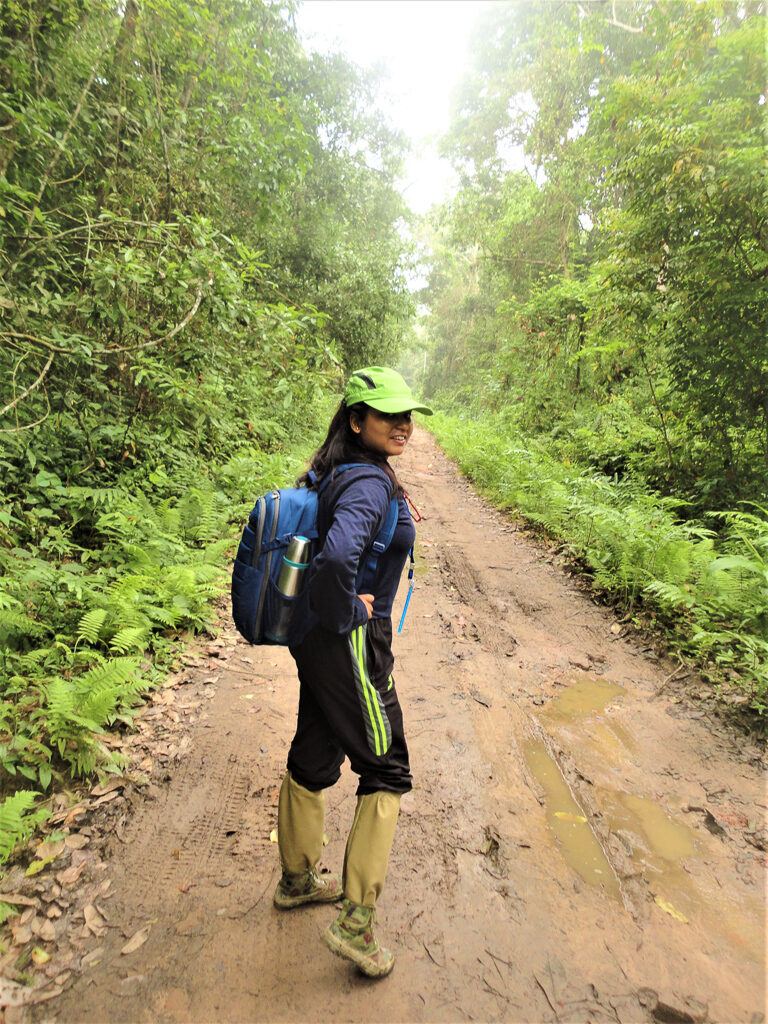
Jayashree Mazumder, Indian Institute of Science Education and Research: Exploring tool-use by long-tailed macaques in the Nicobar Islands, India and associated factors
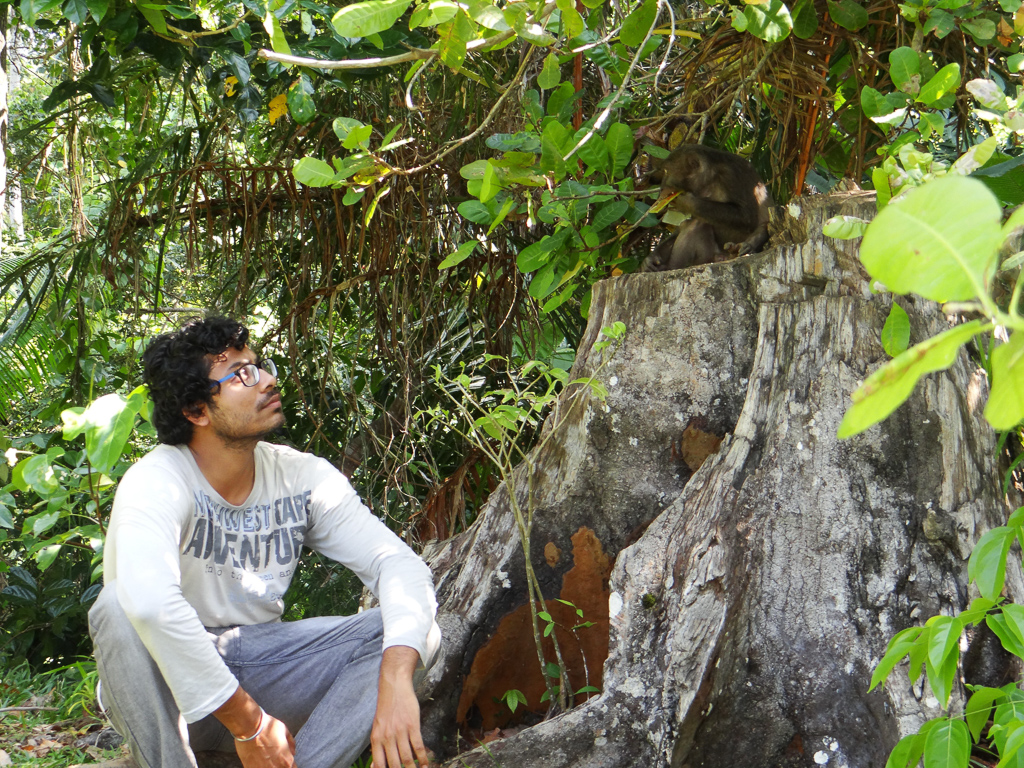
Arijit Pal, University of Lethbridge: Affordance learning: From object play to tool use?
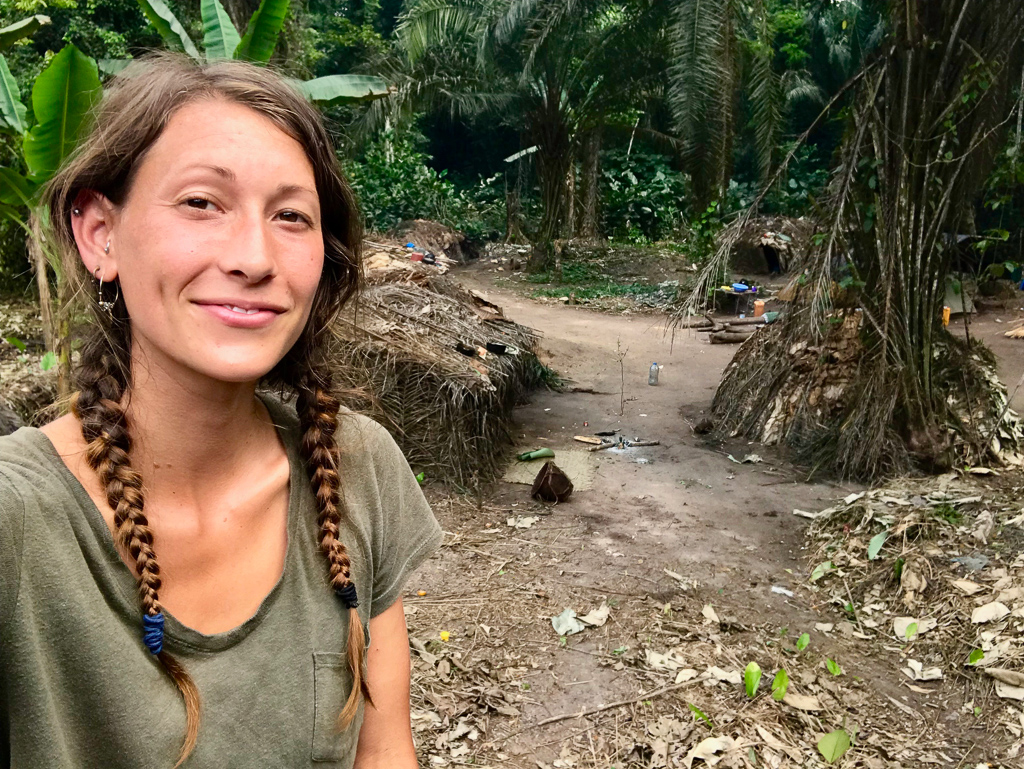
Sarah Michelle Pope, Max Planck Institute for Evolutionary Anthropology: The impact of resource predictability on variation in cognitive flexibility
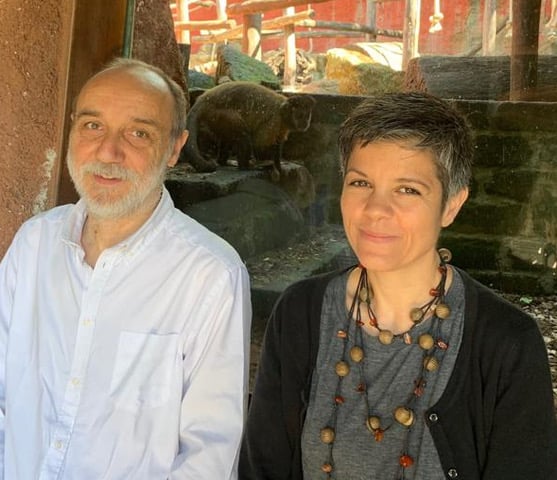
Gabriele Schino, Istituto di Scienze e Tecnologie della Cognizione, Consiglio Nazionale delle Ricerche: Testing the cognitive components of primate cooperation
Christopher A Schmitt, Boston University: Modeling the evolution of obesity: Gene expression, dought, and anthropogenic stress in wild vervet monkeys (Chlorocebus pygerythrus)
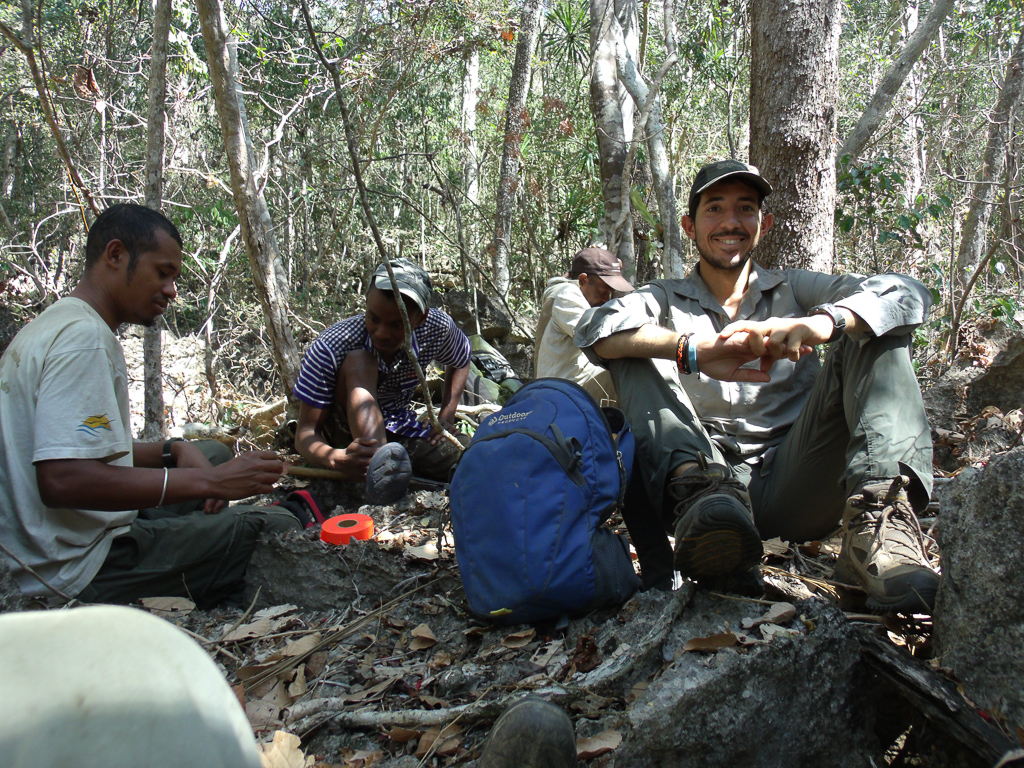
Andrew John Zamora, University of Massachusetts Amherst: Socio-genomic evolution of Sifakas (Propithecus)
Paleoanthropological
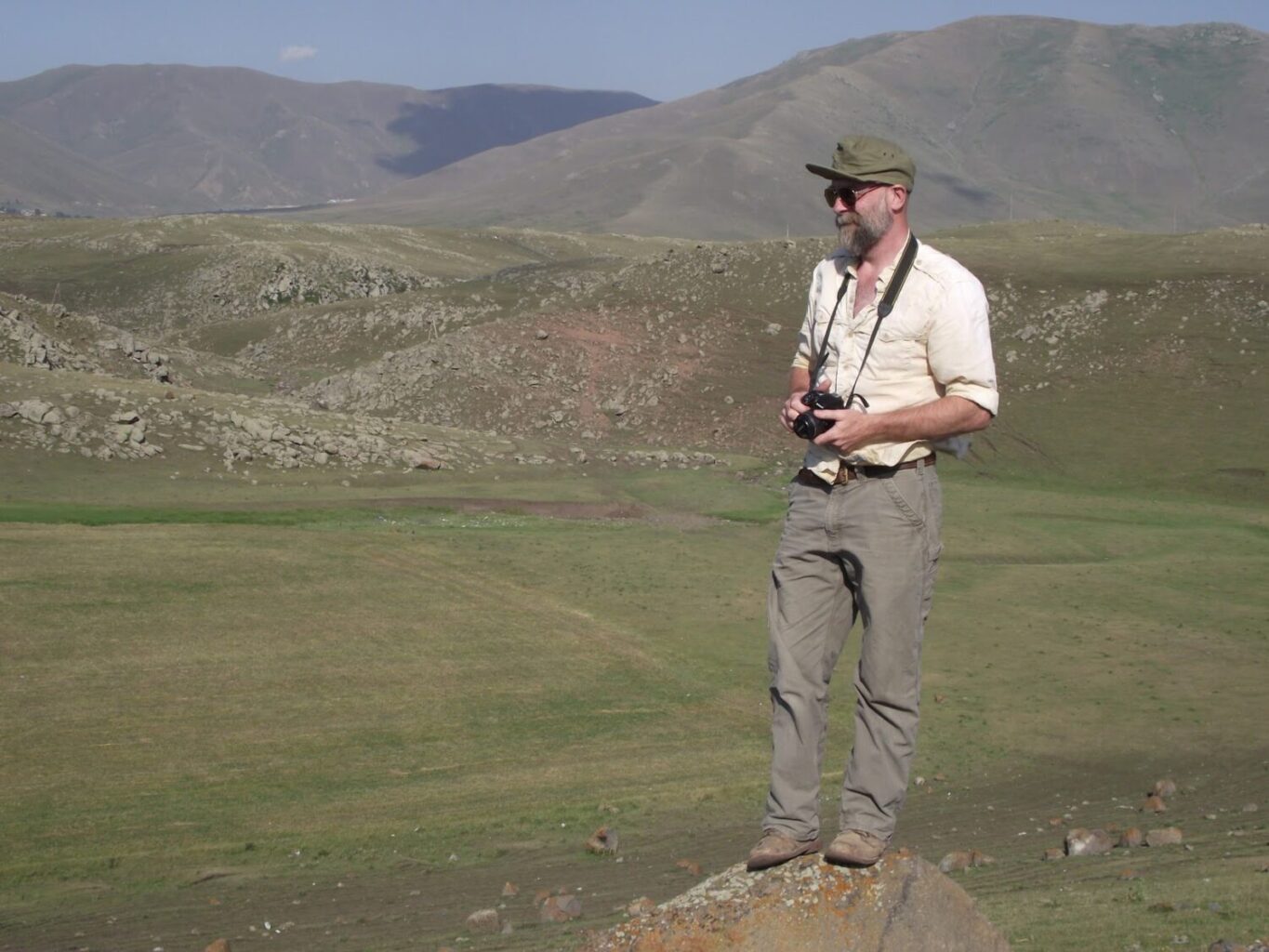
Daniel Adler, University of Connecticut: The Early Pleistocene settlement of Northern Armenia
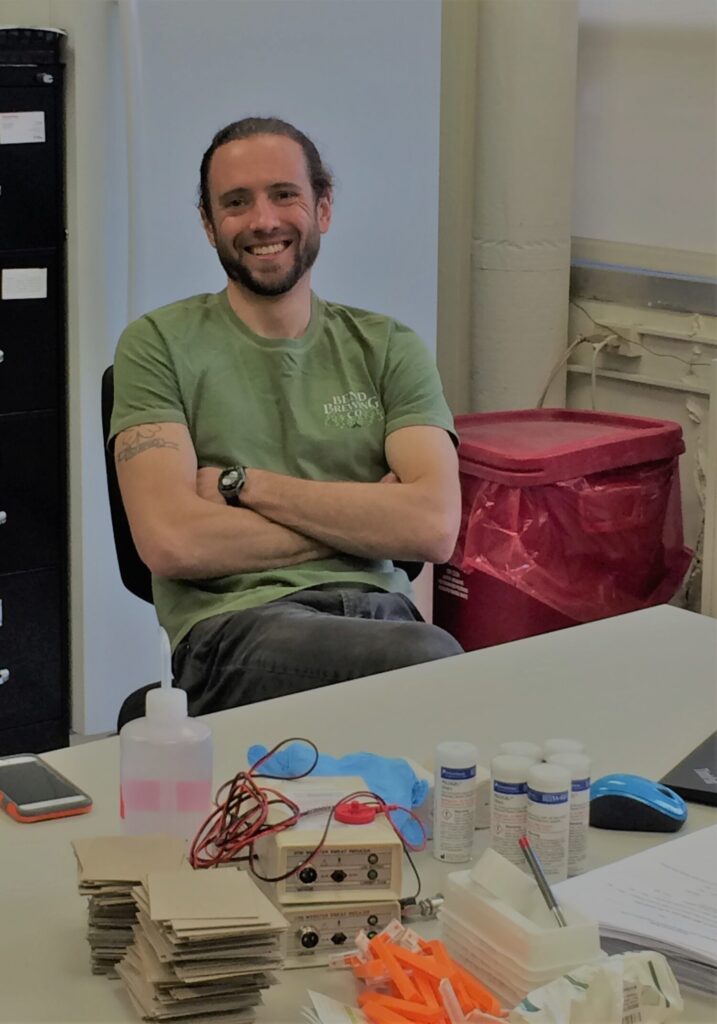
Andrew William Best, University of Massachusetts Amherst: Diversity and evolution of human eccrine sweat glands
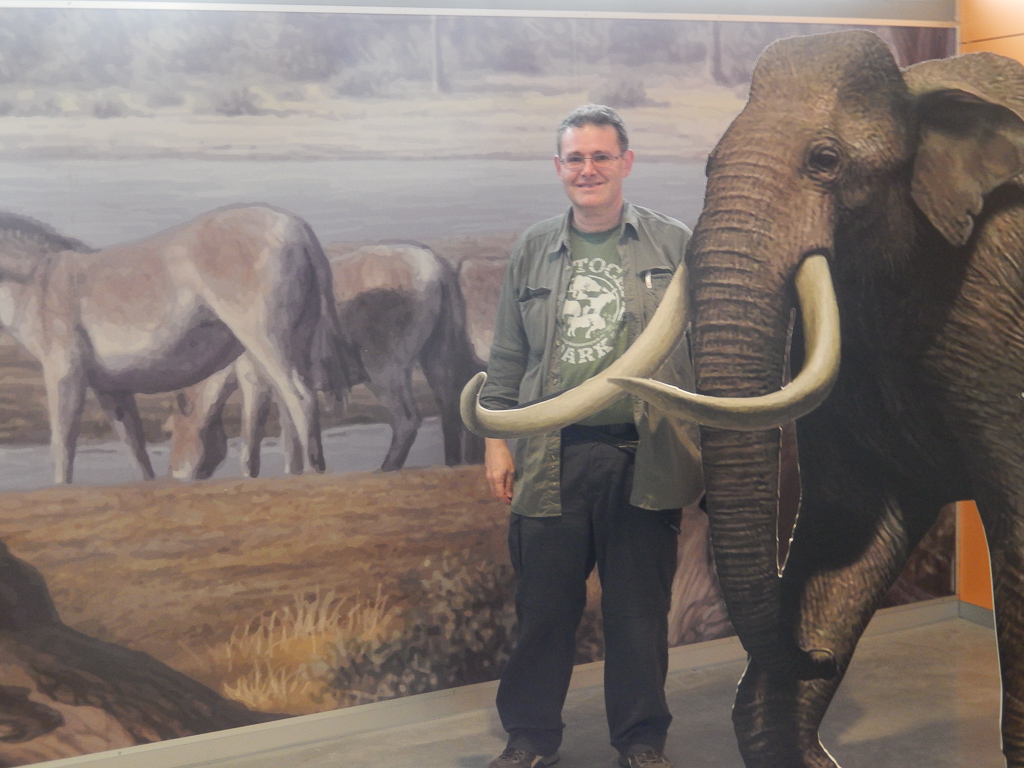
Hervé Bocherens, University of Tübingen: Environment of early hominins outside Africa: The Guadix-Baza Basin
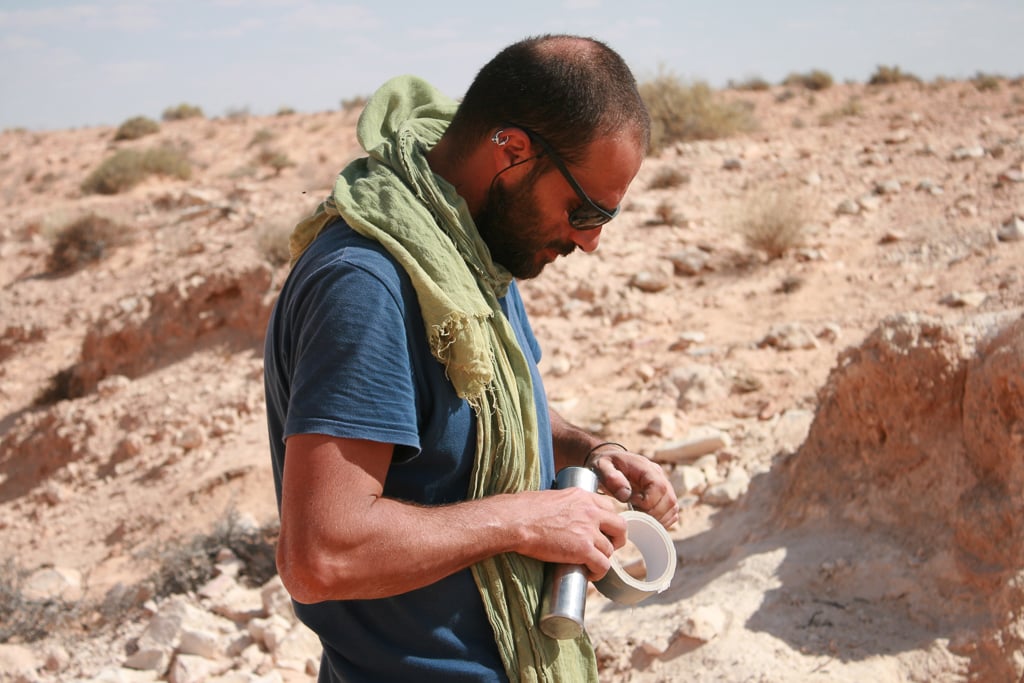
Emanuele Cancellieri, Università di Roma: Archaeology, chronology, and environment of northern Sahara early Middle Stone Age
Mark Conaway, University at Buffalo – SUNY: Hominoid postcranial integration in relation to function and evolutionary history
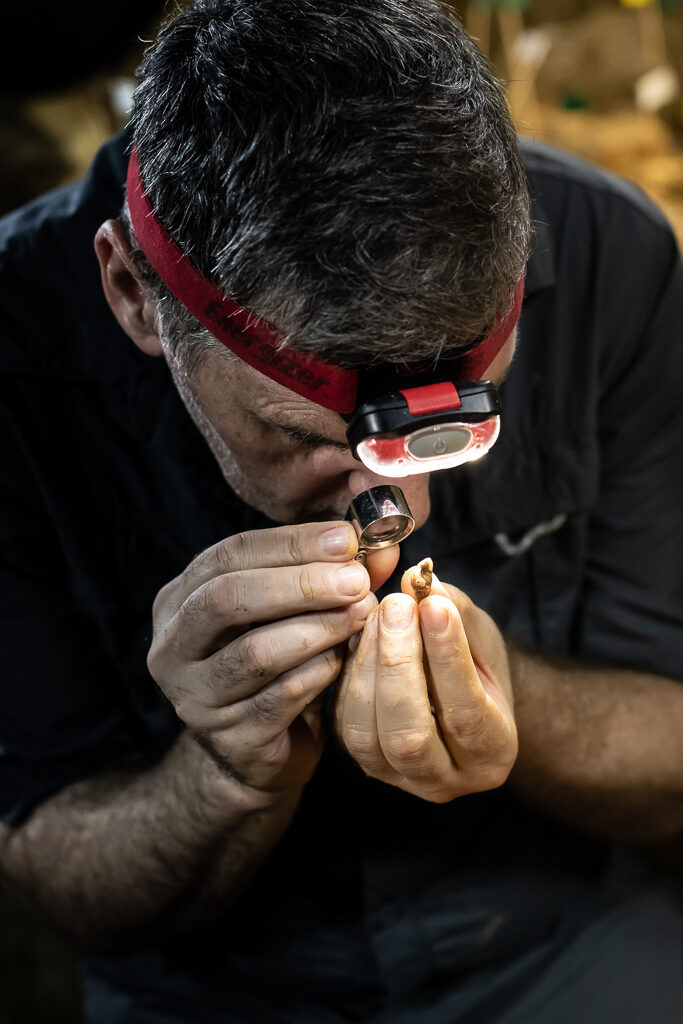
Darren Curnoe, The University of New South Wales: Tracing the earliest modern humans in island Southeast Asia

Kimberly Foecke, George Washington University: Neanderthal diet: Effects of food selection and processing on δ15N
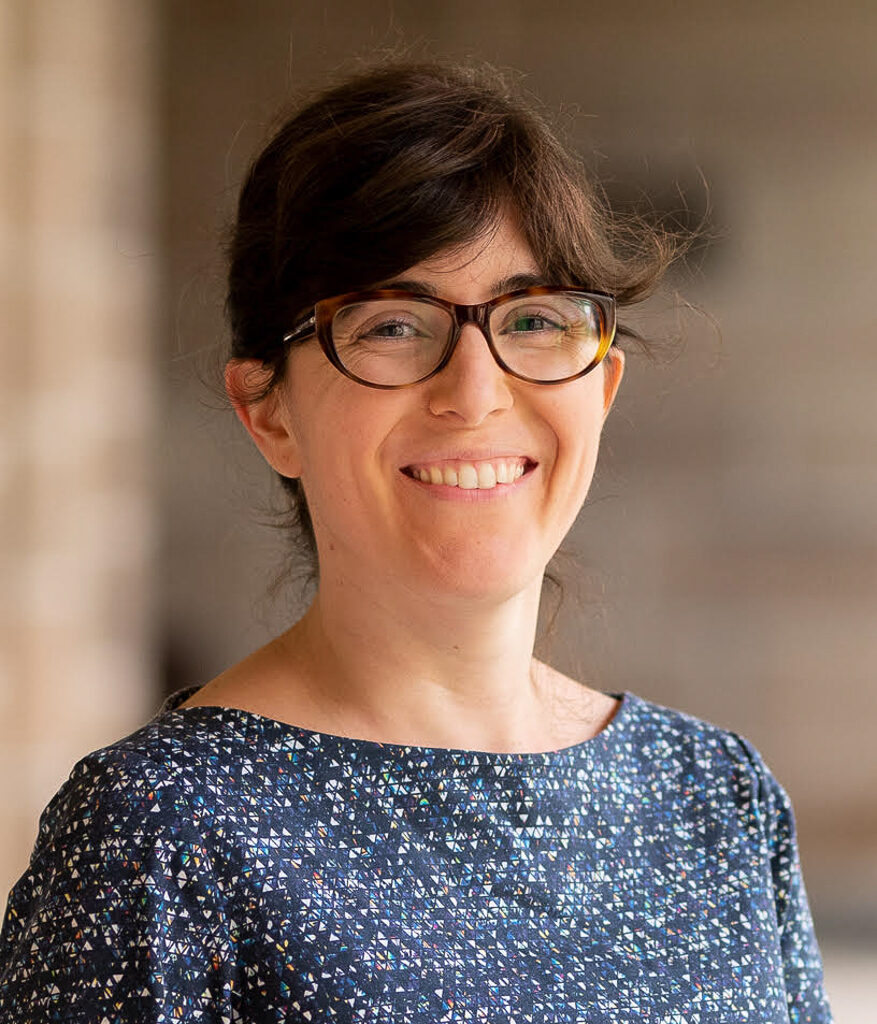
Irene Gallego Romero, The University of Melbourne: Functional evaluation of archaic Denisovan variants in Island Southeast Asia
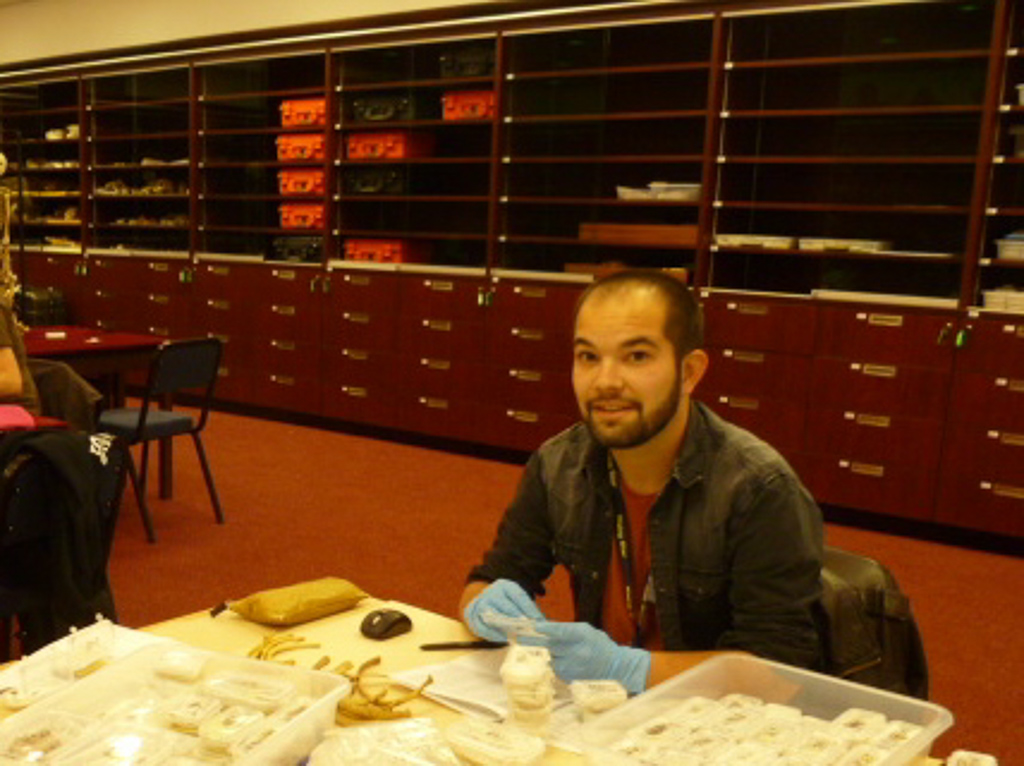
Daniel García Martínez, Centro Nacional de Investigación sobre la Evolución Humana: Covariation of internal and external costal anatomy and its importance for understanding the evolution of the human thorax
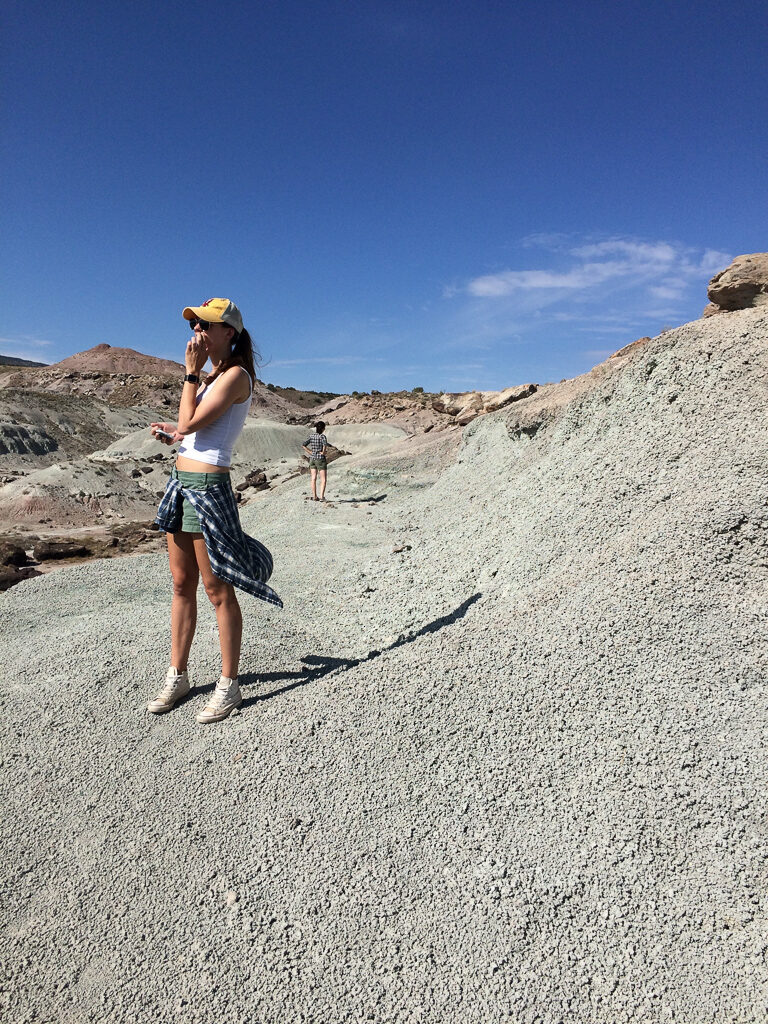
Deanna Murphy Goldstein, Johns Hopkins University: Carpal allometry among African apes and other mammals
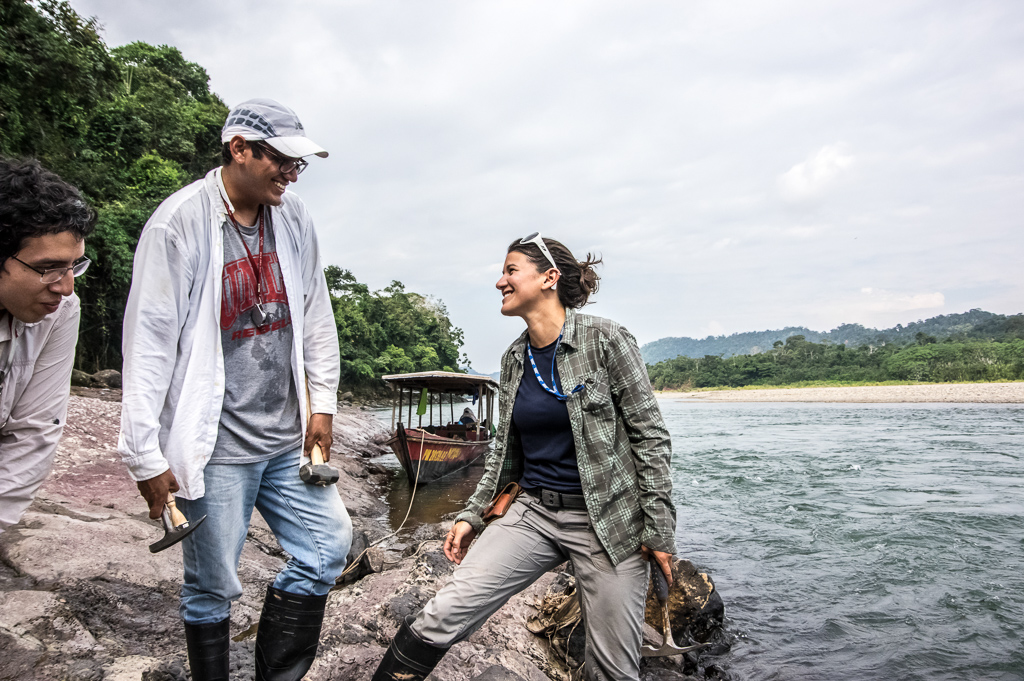
Lauren Gonzales, University of South Carolina: Reconstructing the paleoecology of the middle Miocene (>14.7 Mya) site of Maboko Island, western Kenya
Terry Harrison, New York University: Paleoanthropological research in the Lower Laetolil Beds, Tanzania
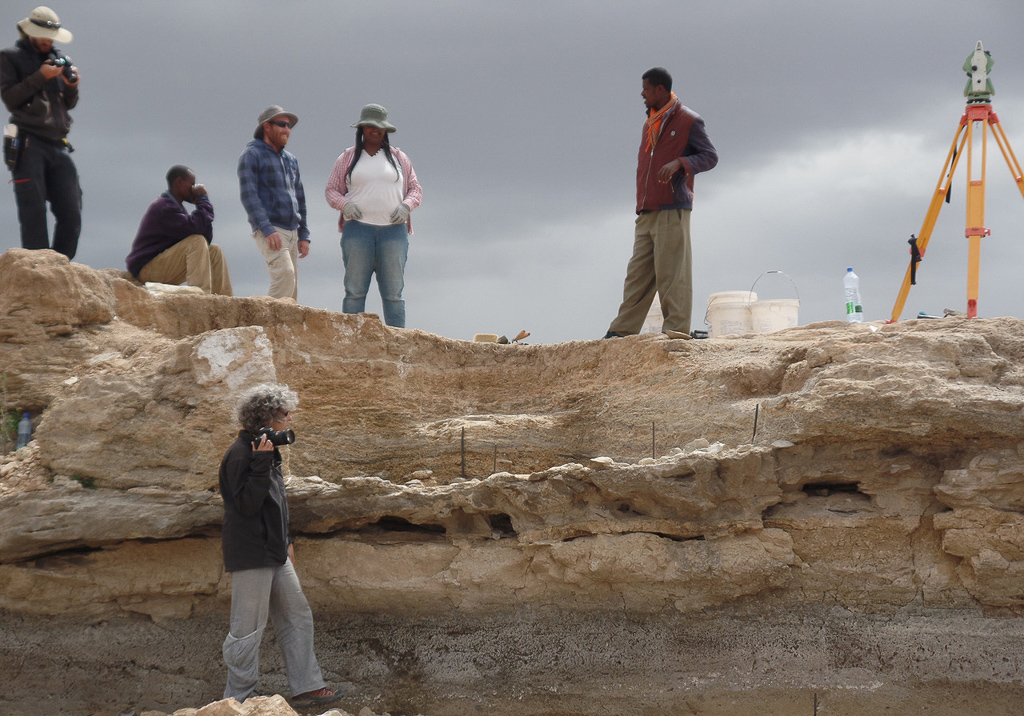
Erella Hovers, The Hebrew University of Jerusalem: Giant core workshops at the Acheulian site of Melka Wakena, Ethiopia
Richard F. Kay, Duke University: Recovering Paleogene and early Neogene Primates from Tropical South America
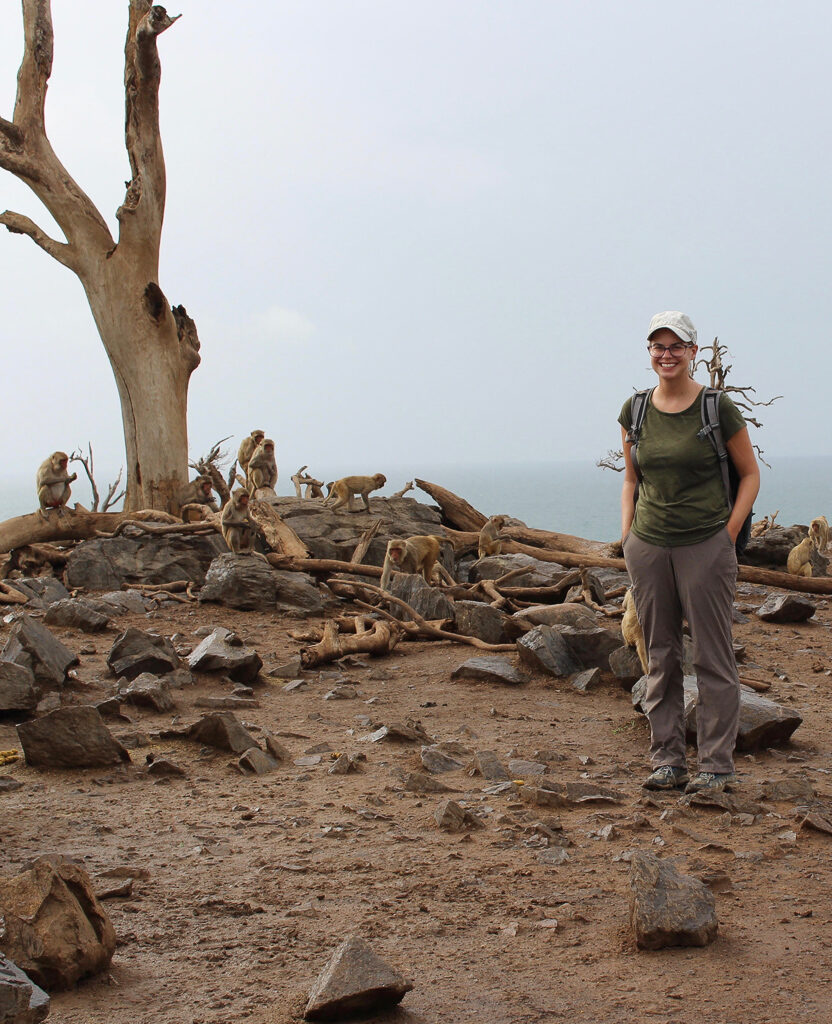
Clare Kimock, New York University: Rhesus macaque canine dimorphism in evolutionary context
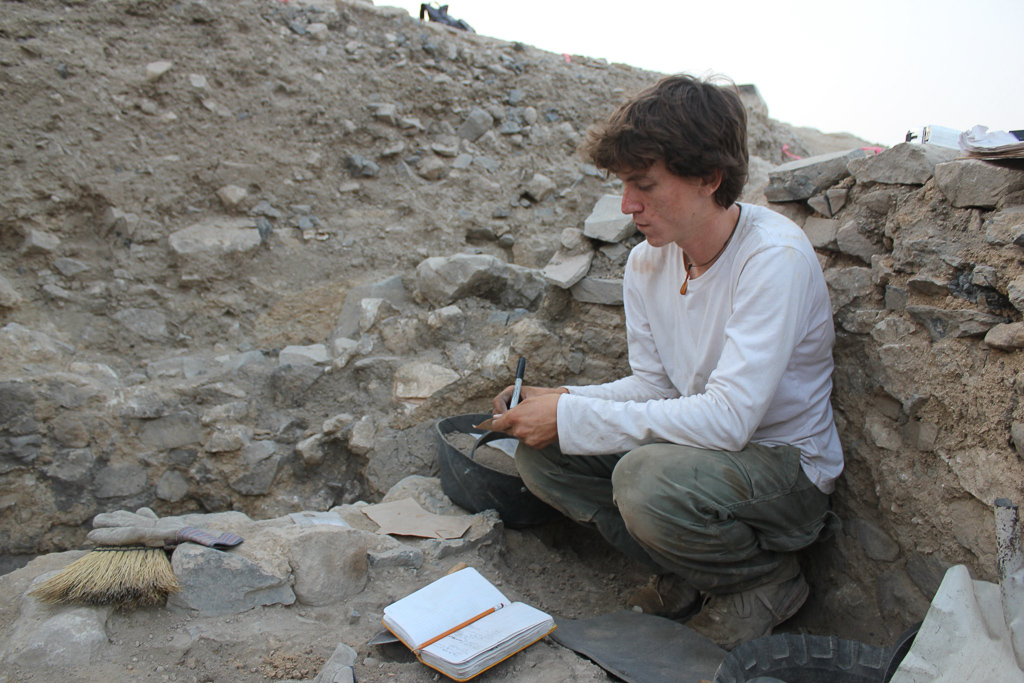
Jonathan N. Paige, Arizona State University: Estimating the reliability of stone tools in reconstructing cultural relationships in prehistory
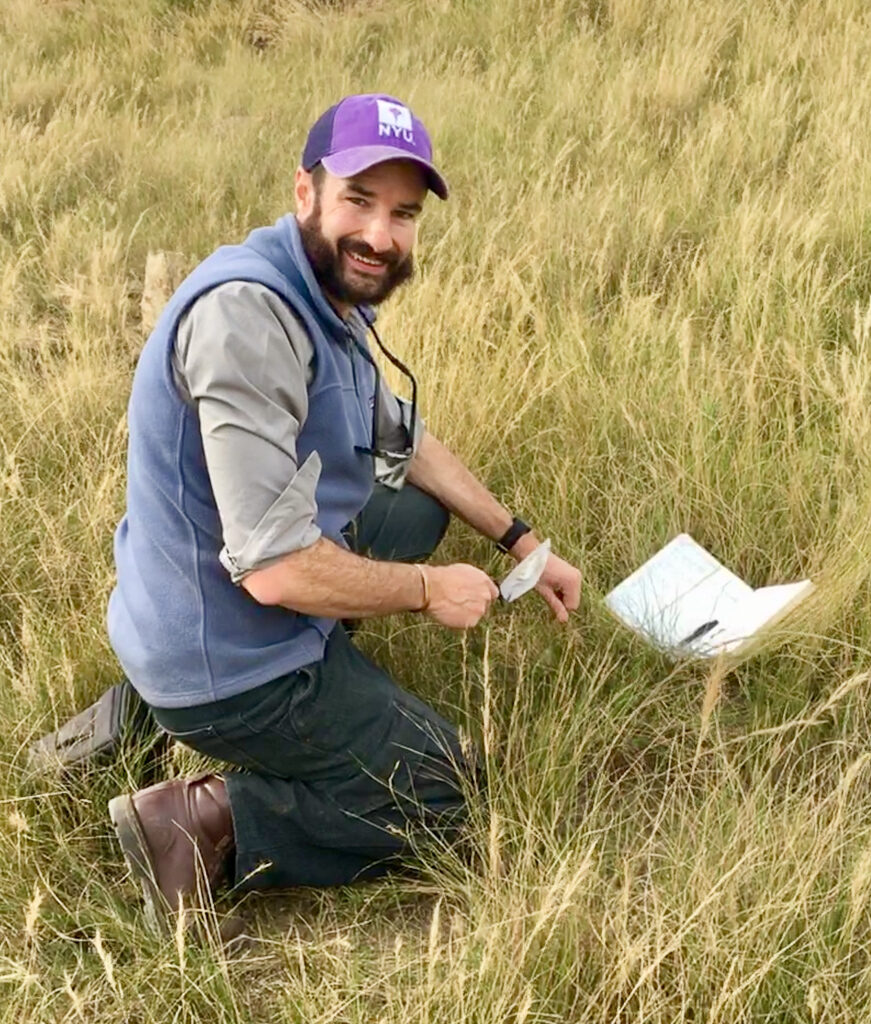
Justin Pargeter, New York University: The archaeological sequence at Boomplaas Cave, South Africa: New light on human adaptations to rapid climate change across the late Pleistocene
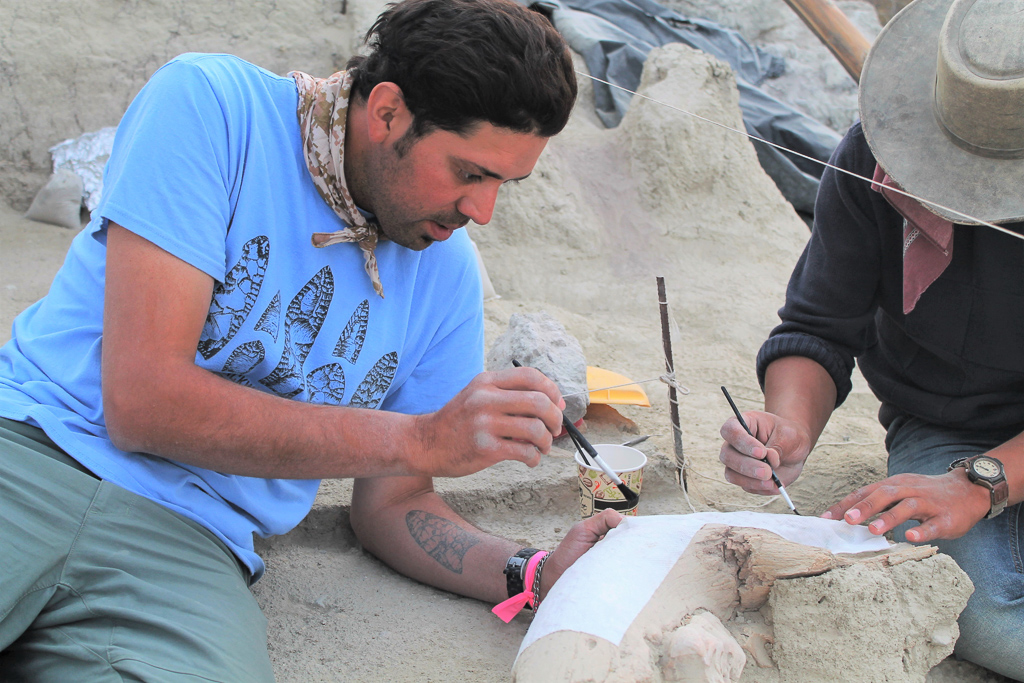
Ismael Sánchez Morales, University of Arizona: Aterian lithic technological variability: Implications for MSA land-use in Morocco
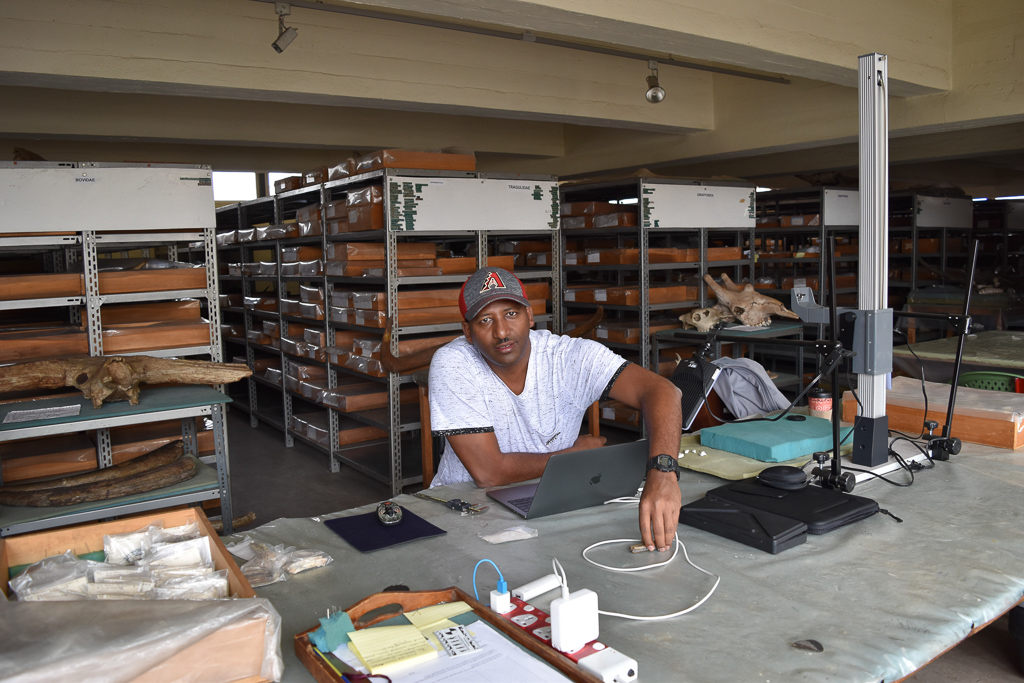
Chalachew Seyoum, Arizona State University: Collection and preparation of modern gelada monkey remains from Guassa Community Conservation Area and Simien Mountain National Park, Ethiopia
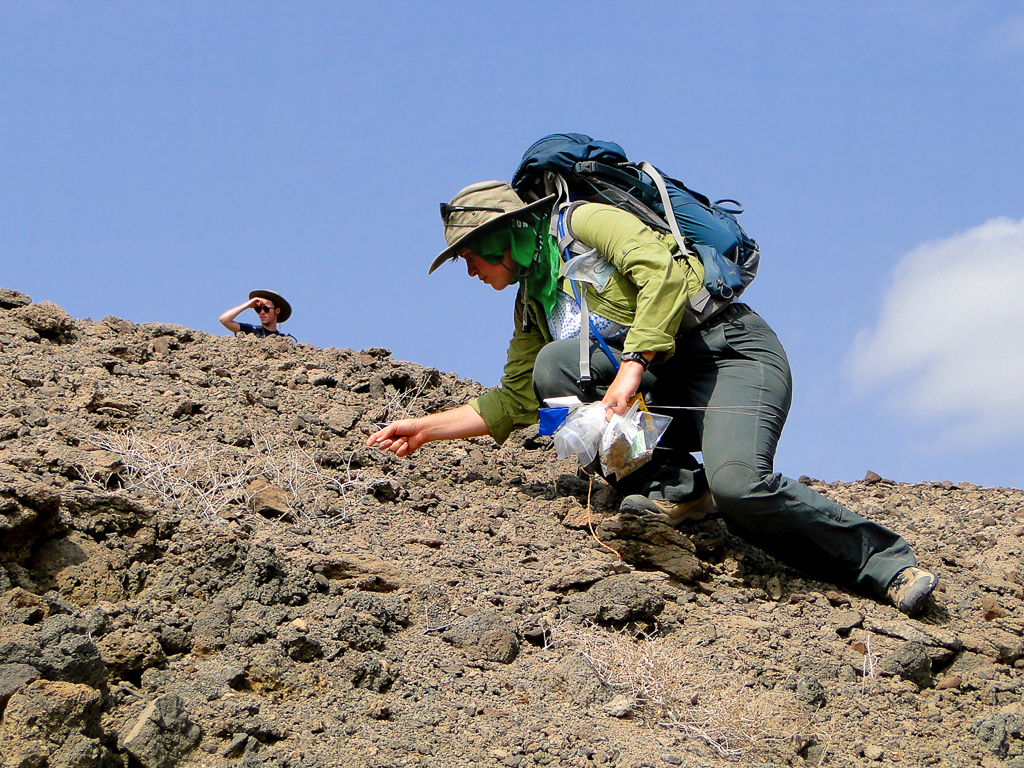
Irene Smail: Arizona State University: Community ecology of living and fossil cercopithecid primates
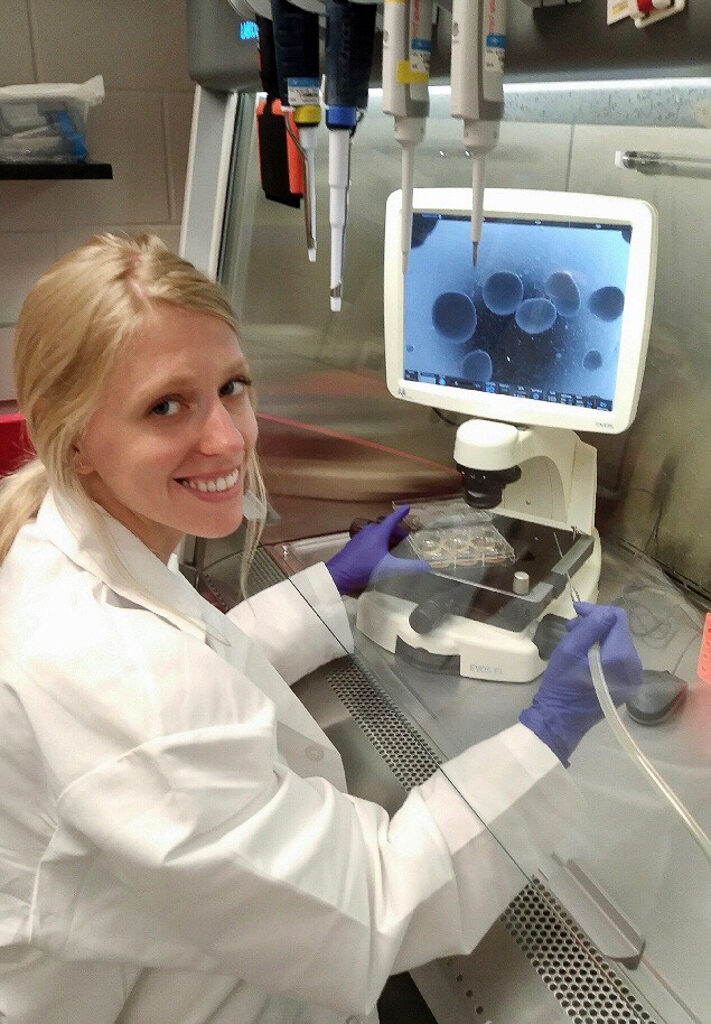
Elizabeth Werren, University of Michigan: Human-specific gene expansion during human brain evolution

Yossi Zaidner, Hebrew University of Jerusalem: New Middle Paleolithic human fossils from the Levant: Excavations at Tinshemet Cave, Israel
